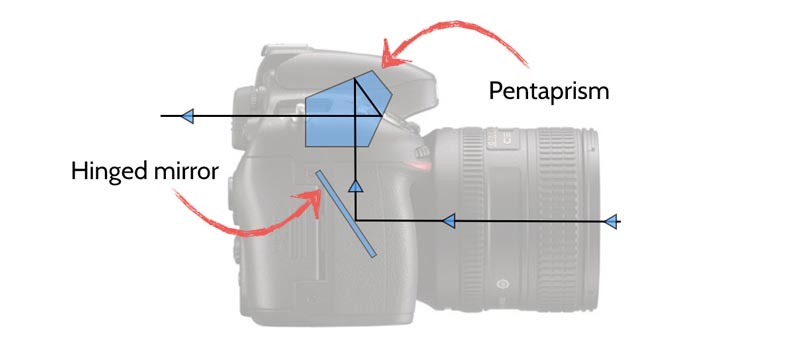Mirror lock up is feature on most higher end DLSRs to reduce (minor) vibrations produced when the mirror flips up to allow light to pass onto the sensor. When you press the shutter on a DSLR, the noise you hear is not the shutter itself but the mirror flipping up in the pentaprism mechanism.
By using mirror lock up, the user can lock the mirror in the upwards position with a press of the shutter (but no photograph will be taken) and then, after waiting a few seconds for any vibrations to disappear, press the shutter button once more to take the photograph. At this point only the shutter itself will open up. Obviously, once you press the shutter to lock the mirror in an upward position then the viewfinder will black out (no light is being reflected) so you will need to compose your scene beforehand or use the Live View (where the image on the sensor is displayed on your LCD) found one some cameras.
But does it work?
There seems to be a bit of debate here but the general consensus is that its positive effects (if any) are only going to be noticeable in a set up where:
- You’re using a longer focal length lens
- The exposure time lies between 1/60th and a couple of seconds
Focal Length
This should be fairly self-explanatory but essentially the longer the focal length the greater the impact small movements will have on the image. If you image have a 21mm wide-angle lens and then turning the camera 2 degrees to the right or left—image through the viewfinder won’t change that much. If you do the same with a 400mm lens, maybe most of the original scene is no longer in the viewfinder.
Exposure time
Vibrations as a result of the mirror flipping up will typically last between 1/60th and a couple of seconds. If this is also your exposure time then the image is going to be moving for all of the time the shutter is open. Faster shutter speeds (say 1/250th) are not affected—in the same way we are able to take sharp photographs hand-held at these speeds; and for longer exposures (say 10 seconds) the image will be still for 90% of the time the shutter is open and so the effect of minor movements for the split second will be non-existent or, at the very least, unnoticeable.
